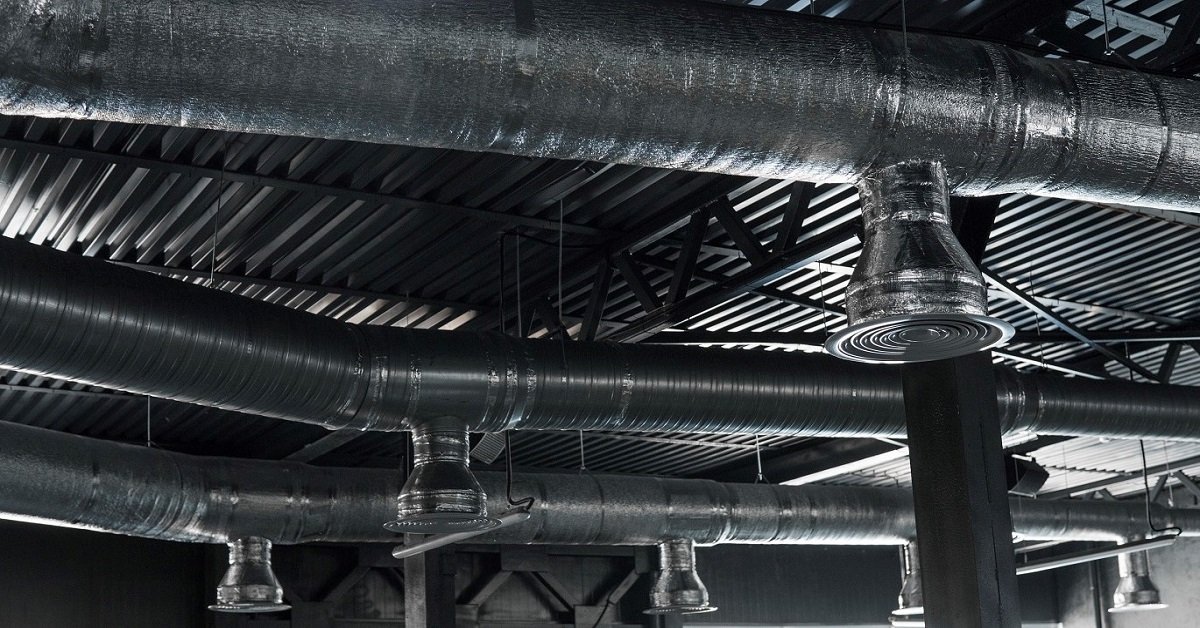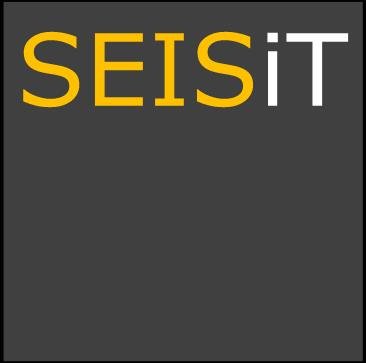
Seismic Restraint Installation Services
Expert installers for all non-structural seismic restraint components.
Building Services, Internal Partition Walls, Ceilings.
WHAT IS SEISMIC RESTRAINT?
SERVICES & SOLUTIONS
Seisit is based in Auckland NZ, and provides expert installation services and advice for all your seismic needs. Specifically, we install restraints (Bracing) to the following non-structural building components as required for all commercial buildings under The Building Act, and most importantly, Worksafe.
RESTRAINT INSTALLATION
Whether it’s a big job or a small job - we will come to your site anywhere in Auckland and beyond and install seismic braces for: Internal Partition Walls, Ceilings, Building Services, Lighting, AV, and furniture & fittings.
SEISMIC DESIGN
Seisit can provide engineered design to ensure compliance obligations are met in accordance with NZS.1170.5, AS/NZS.2785, NZS.4541, NZS.4219
SEISMIC COMPLIANCE REVIEW
Brand New or Existing - Is your building compliant?
We can audit your building to determine what risks
you currently have, and help make recommendations
to ensure you are meeting your responsibilities under Worksafe, and insurances.
BIM (BUILDING INFORMATION MODELLING)
Coordinate better during design. We provide full 3D modelling / BIM services via our sister company BIMiT Ltd.

SEISMIC PROJECT DELIVERY
De-risk your project. Ask us about our best-for-project approach, guaranteed price strategy & compliance certainty. We’re changing the game for better.
In quality assurance a constant effort is made to enhance the quality practices in the organization.
We have strict Quality Assurance protocols in place to record exactly what we have done, when, and by whom. QA is an essential tool to ensure thorough compliance checks are readily available for engineering inspection and sign-off. Remove the stress of seismic compliance, lower the cost of engineering inspections and reclaim that lost time dealing with sign-off & defects and focus on the things that matter.

Who are we?
Seisit brings a wealth of engineering design experience to installation practice.
Because we are designers too – we’re the seismic experts on your site. We can solve virtually any situation on-the-fly before it derails the project.
FAQ’s
-
In lay terms, Seismic Restraint, or ‘bracing’ as it is sometimes referred to is the adding of specifically engineered restraint systems to architectural and building services components within a building to prevent those components from swinging around excessively due to earthquakes and either damaging themselves or other nearby components, or detaching form their primary supports and becoming a fall hazard to the building occupants under. It is also necessary to prevent damage to the components in such a way that repair costs are minimized, even for relatively small shakes and would otherwise be unacceptable in accordance with the buildings expected performance and use.
-
According to The Building Act of New Zealand, ALL building elements are required to resist any expected loads they may encounter during their design life. This includes the building itself, and the internal non-structural elements. This is made to reasonably prevent injury or hazard to life, or unacceptable damage to property if a design level event were to occur – such as the Canterbury earthquakes of 2010/2011. In essence, this means that all permanent fixtures within a building must be able to resist loads such as gravity, wind, seismic etc. Simplistically this includes; Internal partition walls, ceilings and bulkheads, building services (Mechanical, Electrical, Plumbing, Fire, Lighting, AV & Security, FF&E).
-
In essence, ALL commercial buildings and projects require seismic restraint to varying degrees.
As a building owner – you are required to meet your obligations under Worksafe to provide a safe working environment.
Compliance with The Building Act is such a way to achieve this. It does not matter if the building is brand new or existing – all owners need to meet this obligation regardless.
If the building is residential, standalone, and you are the occupant – it comes down to owner discretion – since the risk is to your own property and yourself. Naturally this would not apply if there are sub-leases, rentals etc whereby members of the public would be at risk.
For builders – the risk is different. Irrespective of the intended use of the building, you are required, as a Licensed Building Practitioner to ensure the building you deliver is fit for purpose and compliant with all aspects of The Building Act and relevant codes. For most single dwelling houses this is not typically a problem. However multi-unit residential buildings will inevitably have a number of areas of concern.


